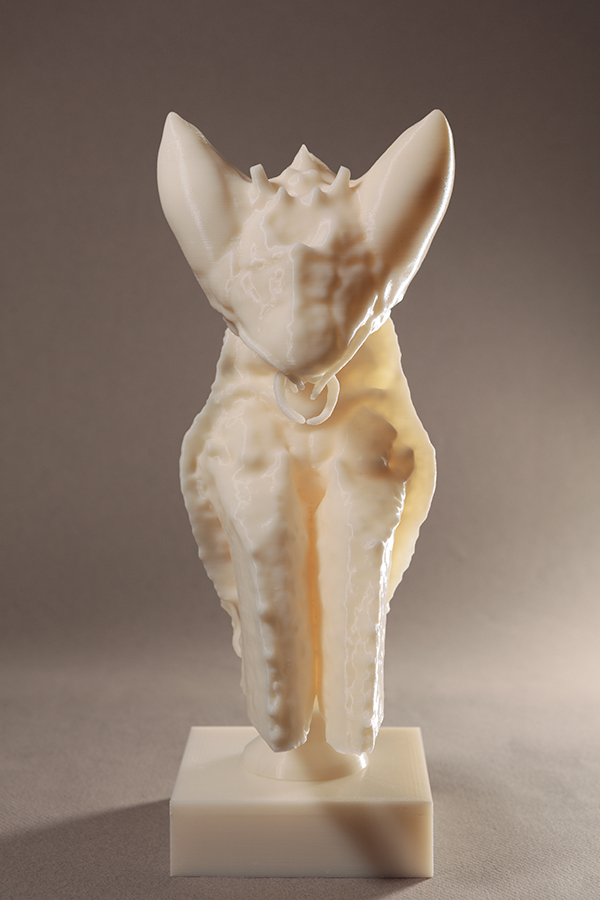TL;DR Stuff you didn't need to know about killing insects
In case any of you were wondering how this is done here are some process pictures. Essentially an insect is pretty pliable after dies so all you have to do is hold it in position. When these two were on their way out, eg laying on the bottom of the cage, not moving well, and going to be eaten by crickets, I put them down. Usually I put mantises in the freezer (widely accepted as a humane way to put insects down, the Omaha zoo does it this way for example) then I tend to toss them in rubbing alcohol to preserve them. In the case of these two I instead used the tried and true method of putting them in a sealed container with acetone. This method is widely use by entymologists doing field collections for pinning. The insect will still quickly and humanely die but remain quite pliable. Once posed it takes about a week for them to dry into position.


























